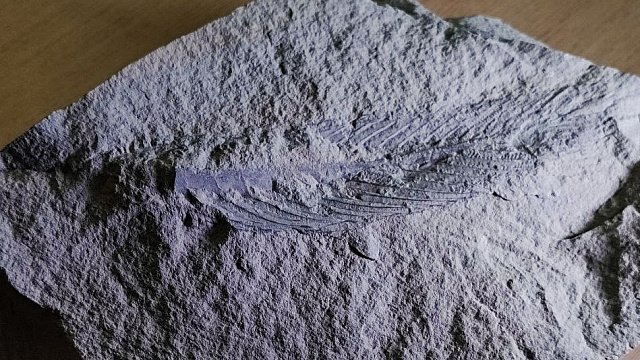30.06.25
15:00
Russian scientists reconstruct appearance of extinct comb jelly group
The aim is to identify the earliest representatives of this group, explore their morphology and ecology
Researchers of the Siberian Branch of the Russian Academy of Sciences have reconstructed the likely appearance of an extinct group of comb jellies, one of the oldest known animal phyla. Their findings provide important insights into the early evolution of complex life on Earth, as reported by the
official website of the Ministry of Science and Higher Education of the Russian Federation.
Comb jellies (Ctenophora) are marine invertebrates found throughout the world’s oceans. They are distinguished by rows of ciliary “combs” used for propulsion. Sizes range from a few millimetres to over a metre, and their gelatinous, bi-layered bodies often exhibit bioluminescence. Though soft-bodied, some comb jelly species possess structural complexity rivalled only by distant relatives in the animal kingdom.
Comb jellies are believed to have diverged from other Metazoa approximately 800 million years ago. Fossils dated between 580 and 540 million years suggest that early marine organisms from this period may have belonged to this phylum, though they likely bore little resemblance to their modern descendants. It is during this interval that their evolutionary divergence may have occurred.
Using fossil material long known to science but rarely examined in depth, the Siberian team constructed a scientific model of a representative of an extinct crown group of comb jellies.
The team used an integrated approach combining traditional fossil analysis with advanced imaging. For the first time, they applied computer microtomography to visualise internal structures preserved deep within rock samples. This technique offered unprecedented detail, confirming anatomical similarities between the fossil specimens, modern comb jellies, and their likely common ancestor.
Experts believe that this reconstruction of ancient ctenophore morphology contributes to the broader understanding of how early animals evolved, diversified, and interacted with their environments, offering valuable data for the fields of palaeontology, evolutionary biology, and developmental genetics.
Back


